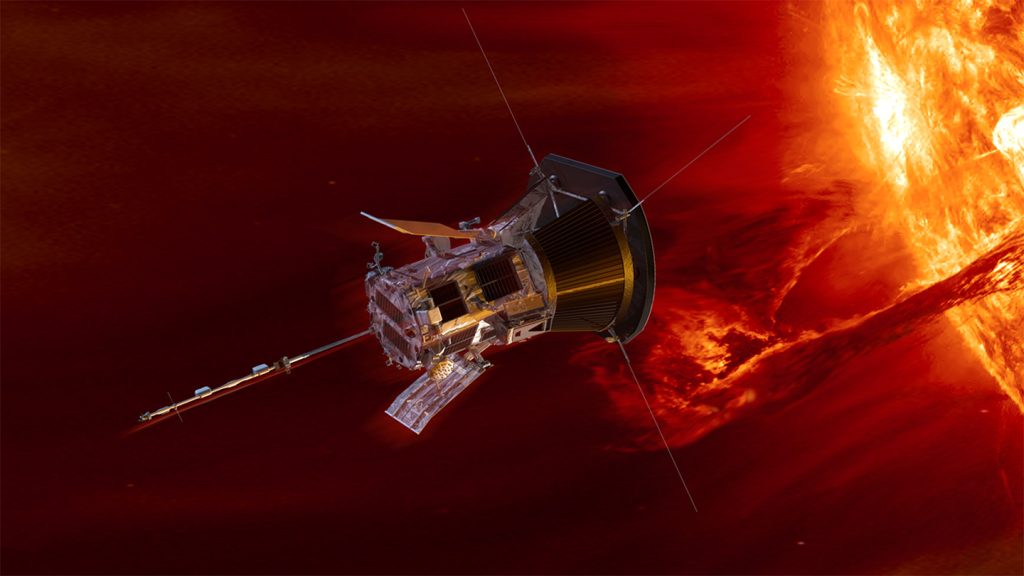NASA’s Parker Solar Probe had its closest solar flyby yet on Christmas Eve, coming within 6.1 million kilometers of the sun. This flyby was the result of six years in space, with the probe launching in 2018 on a mission to study the sun’s outer atmosphere. By swinging around Venus and utilizing its gravity, Parker gradually inched closer to the sun, making 21 increasingly close flybys along the way.
The last Venus flyby on November 6 positioned Parker into its optimal orbit for the close study of the sun’s processes in detail. Despite the sun’s tremendous gravity, the craft managed to reach its target safely, allowing scientists to receive a beacon signal confirming the spacecraft’s survival around midnight on December 27. More data on Parker’s status arrived on January 1, showing the probe was healthy and able to take science data during the flyby.
The spacecraft will transmit the collected data later this month once it’s in a better position to communicate with Earth. The new orbit will last at least the next nine months, with two more planned flybys at the same distance in March and June before the primary mission concludes in September 2025. The successful flyby marked a significant milestone for the Parker Solar Probe, allowing for unprecedented observations of the sun’s processes and behavior.
As NASA and the scientific community celebrate the successful flyby, the probe’s ability to survive such close encounters with the sun opens up new opportunities for studying and understanding our star. Parker’s mission to study the sun’s corona from the inside has already provided invaluable insight, and future data transmissions will continue to expand our knowledge of the sun’s behavior and the dynamics of our solar system.
Overall, the Parker Solar Probe’s historic solar flyby on Christmas Eve represents a remarkable achievement in space exploration and solar science research. The spacecraft’s ability to withstand the intense heat and radiation of the sun’s outer atmosphere showcases the resilience and technological capabilities of modern space exploration. With ongoing missions and future discoveries, NASA and its partners are on track to unravel more mysteries of our solar system and beyond.


